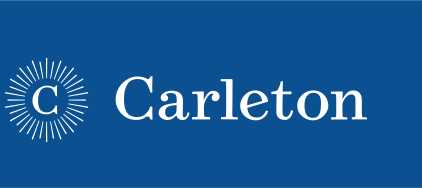Article Title
Department
Physics and Astronomy
Journal Title
Science
Publication Date
2005
Month/Season
July
Volume No.
309
First Page
106
Last Page
110
Publisher
American Association for the Advancement of Science
File Name
017_Weisberg-Joel_DiscoveryOfPulsedOHMaserEmissionStimulatedByAPulsar.pdf
Abstract
Curium lies at the center of the actinide series and has a half-filled shell with seven 5f electrons spatially residing inside its radon core. As a function of pressure, curium exhibits five different crystallographic phases up to 100 gigapascals, of which all but one are also found in the preceding element, americium. We describe here a structure in curium, Cm III, with monoclinic symmetry, space group C2/c, found at intermediate pressures (between 37 and 56 gigapascals). Ab initio electronic structure calculations agree with the observed sequence of structures and establish that it is the spin polarization of curium’s 5f electrons that stabilizes Cm III. The results reveal that curium is one of a few elements that has a lattice structure stabilized by magnetism.
Rights Management
Carleton College does not own the copyright to this work and the work is available through the Carleton College Library following the original publisher's policies regarding self-archiving. For more information on the copyright status of this work, refer to the current copyright holder.
RoMEO Color
Green
Preprint Archiving
Yes
Postprint Archiving
Yes
Publisher PDF Archiving
No
Contributing Organization
Carleton College
Type
Article
Format
application/pdf
Language
English
DOI
10.1126/science.1112494
Recommended Citation
Weisberg, Joel M., Simon Johnston, Barbel Koribalski, and Snezana Stanimirovic., "Discovery of pulsed OH emission stimulated by a pulsar". Science, vol. 309, no. , 2005. Available at: https://doi.org/10.1126/science.1112494. . [Online]. Accessed via Faculty Work. Physics and Astronomy. Carleton Digital Commons. https://digitalcommons.carleton.edu/phys_faculty/7
The definitive version is available at https://doi.org/10.1126/science.1112494



